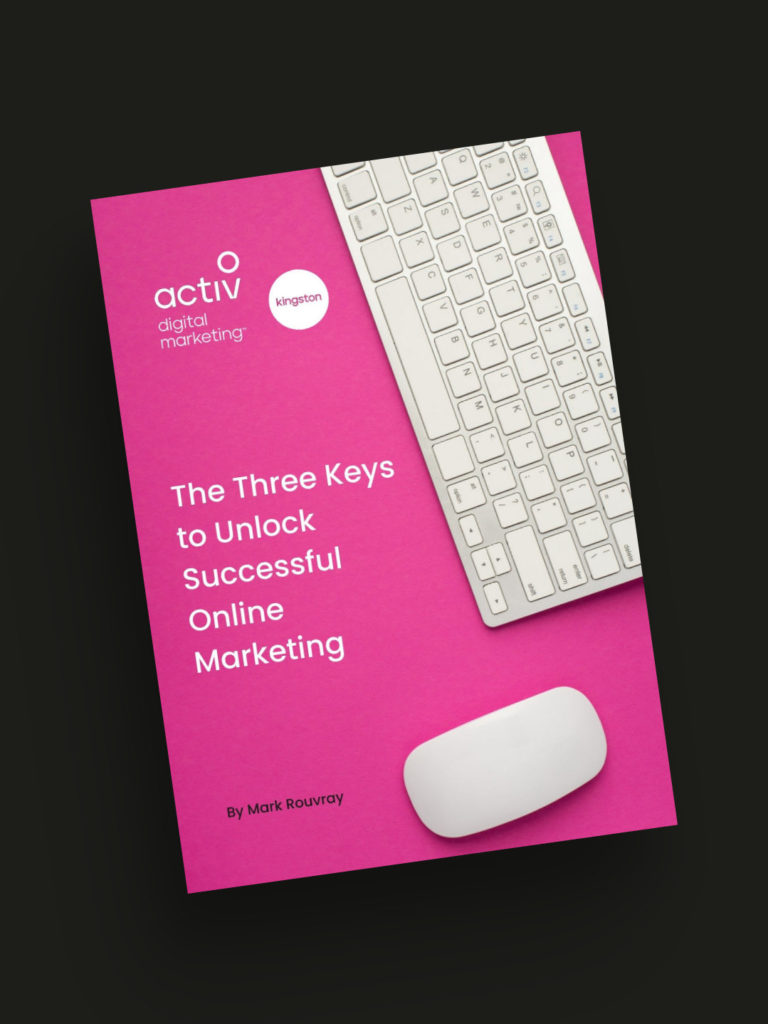Imagine this… you have just paid a friend to complete a logo design for you on Canva. You then decide to invest in a new website, and suddenly your web designer tells you “your logo is too small and not fit for purpose”. Oh no! This means investing in further branding services, just to get it up to scratch and ready for your other marketing materials. This is one of the many reasons we would advise working with a brand professional or graphic designer when it comes to your brand or logo.
This is by no means a criticism of Canva, we think it’s great! It’s an excellent marketing tool, however perhaps it’s not ideal for creating your brand from scratch, as it can be limiting. Let‘s break down the importance of branding to a business, so you can get to grips with a bigger vision.
So, what is branding?
Branding is so much more than just a logo! A brand is the overall image your customers, potential customers and your team members will have of your business. It helps people identify your business or your company, your products or services, and it takes time and research to get it just right.
Branding puts you in control of the image you want people to see, before they make up their minds about you. Your brand consists of an identity, showcasing the main purpose and culture of your business. Therefore, it is important that your brand is emulated through every little thing you do; from customer service, to business cards and even staff uniforms.
It then becomes even more important to ensure brand touchpoints, like your logo, are of the correct size and file type. A pixelated logo on your website will give the wrong impression about your professionalism and more importantly, it would be hard to see.
Let’s explain this further by looking at some of the different file types, so the next time you wish to work with a marketing agency, you’ll have the knowledge (and the correct file types) to hit the ground running.
Here are our top 5 to be aware of:
- PDF – Portable Document Format, a file designed to be viewed on any computer. The best universal tool to view and edit a vector logo in PDF format, if required.
- JPEG – Joint Photographic Experts Group, one of the most common file types you may be used to seeing. Versatile but the quality of the file will increase or decrease depending on the file size. You’ll want to pay particular attention to the resolution of the file, to ensure a professional looking output.
- PNG – Portable Network Graphics, ideal for anything online as they can be editable. However, these are not suitable for printing, as they are low resolution.
- PSD – Photoshop Document, the most popular graphics editing software. Commonly used by graphic designers as files are created in layers, making edits and resizing simple.
- EPS – Encapsulated Postscript, a file in vector format resulting in high-resolution graphics for print. An ideal file type to share with a marketing agency working on branded materials for your business.
Should you come across other file types, we would be more than happy to help you make sense of them, or better still, if you would like to work with a professional marketing agency from the word go, give us a call. We have a unique approach and strategic outlook on branding, to ensure your business is ready to go the distance, rather than a quick fix.

